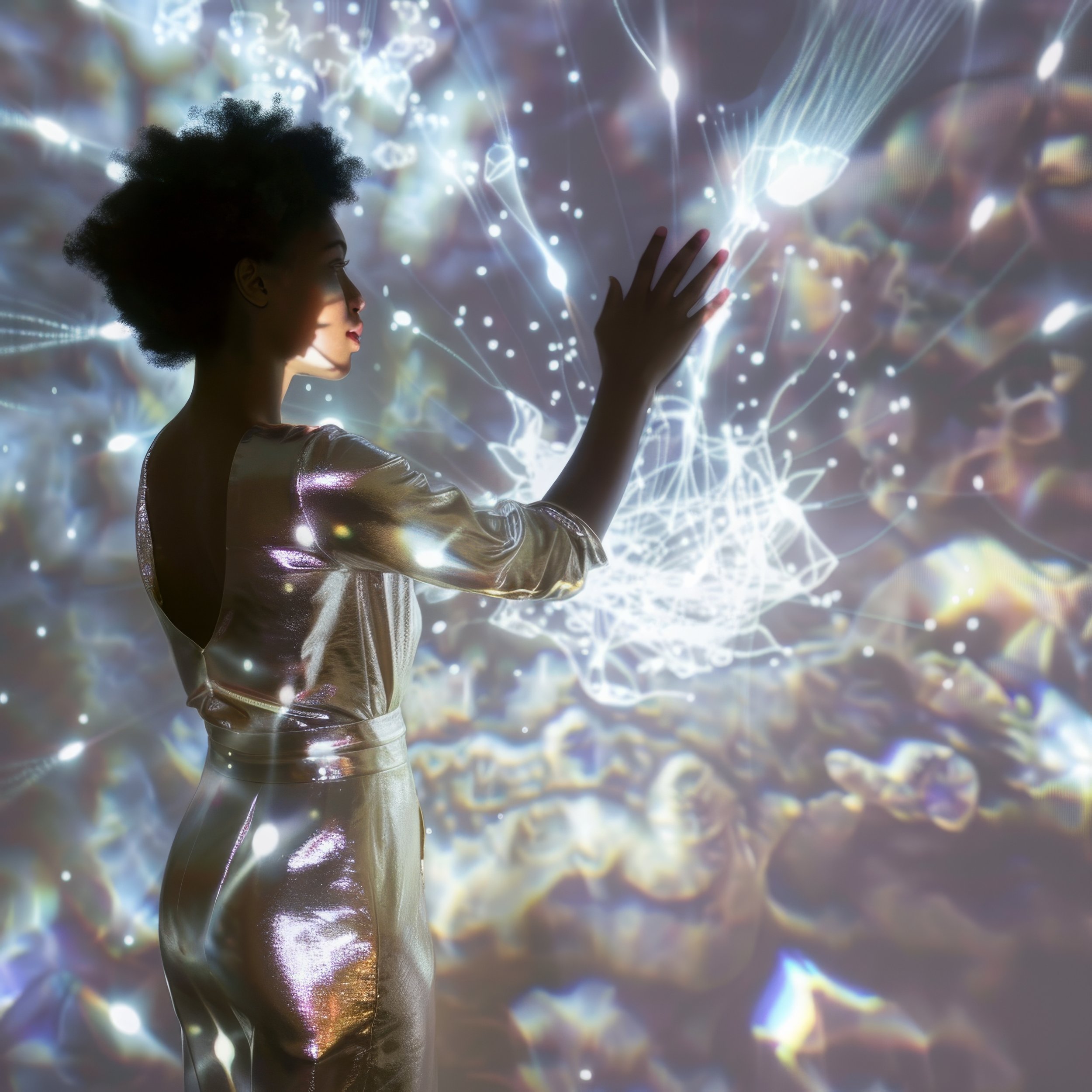The Essential Role of Creative Directors in the Age of Generative AI
In the fast-paced world of digital art and design, generative AI has burst onto the scene like a rockstar, shaking up conventions and mixing pop culture with artistic nuances faster than a barista whips up your favorite coffee concoction. But let's cut through the hype: while any hobbyist can mash buttons to produce an AI-generated pastiche, it takes the seasoned finesse of a Creative Director to elevate this process to an art form that's as dynamic as it is unique. This is where Creative Directors strut onto the stage, spotlight firmly on them, showcasing that crafting with generative AI isn't just about following a recipe—it's about cooking up a storm.
Think of generative AI as the ultimate design assistant; it's eager, always on, and surprisingly versatile. But like any assistant, it needs direction. This is where a Creative Director comes in, wielding their magic wand (or, more accurately, their experience and skill) to transform AI's raw output into something that doesn't just look good but feels right. For those of us who've been in the trenches of design and art for over two decades, generative AI is the sidekick we never knew we needed. It's our shortcut through the brambles of an overproducing economy, where deadlines are as tight as the last pair of jeans you tried to wiggle into after holiday season.
"Why embrace the grind when you can glide?" That's my new motto. After all, if curiosity led us to discover fire and cook that mammoth steak to perfection, why can't a little tech savvy enable us to revolutionize the creative landscape? Generative AI lets us do just that—streamlining the creative process so Creative Directors and designers can focus on the big picture, or in this case, the big masterpiece, rather than getting lost in the pixels.
The irreplaceable role of Creative Directors in this AI-augmented era cannot be overstated. They're the captains of the creative ship, navigating through the stormy seas of design trends, brand identity, and audience engagement with the deftness of a seasoned sailor. They know when to hold fast to an idea and when to let it sail away, all the while ensuring that the final product resonates on a level deeper than "just another pretty face."
Their ability to craft narratives that speak to the heart of a brand is what turns AI-generated imagery from mere visuals into stories that captivate and charm. It's the Creative Director's unique vision that infuses these creations with soul, transforming them from digital doodles into masterpieces that can move, inspire, and even provoke.
Albert Einstein hit the nail on the head when he said, "Creativity is intelligence having fun." In the sandbox of generative AI, Creative Directors find themselves in a playground of infinite possibilities. Here, they're free to experiment, push boundaries, and let their creative spirits soar, proving that while AI might be able to mimic the mechanics of creation, it's the human touch—infused with passion, wisdom, and a sprinkle of mischief—that truly brings art to life.
As we stand on the brink of this new era, the role of Creative Directors has never been more vital. They are the alchemists at the crossroads of technology and artistry, turning digital lead into gold. Their vision ensures that every piece of work is not merely observed but deeply felt, reminding us that in the world of creativity, the human spirit doesn't just participate; it leads the charge, illuminating our collective journey with its unquenchable flame.
So, here's to the Creative Directors—the unsung heroes of the digital age. In their hands, generative AI becomes more than a tool; it becomes a testament to human creativity's boundless potential. Let's celebrate these pioneers who remind us that at the intersection of technology and art, the magic truly happens.
By Nicolette Lara
